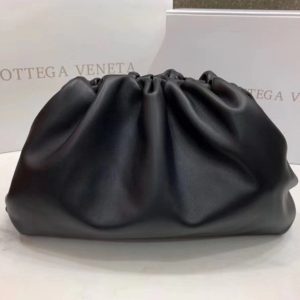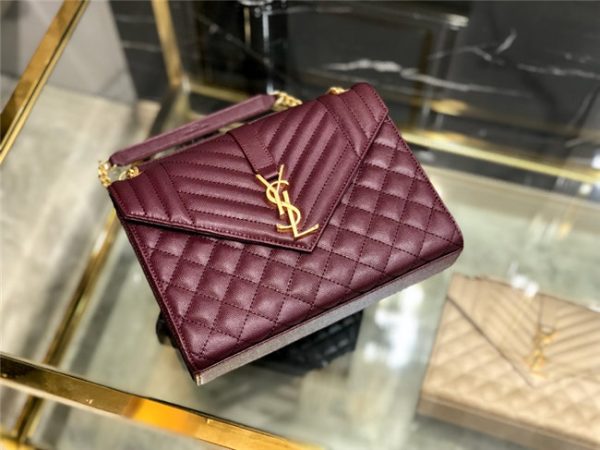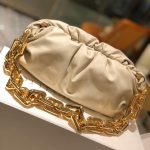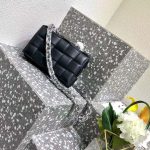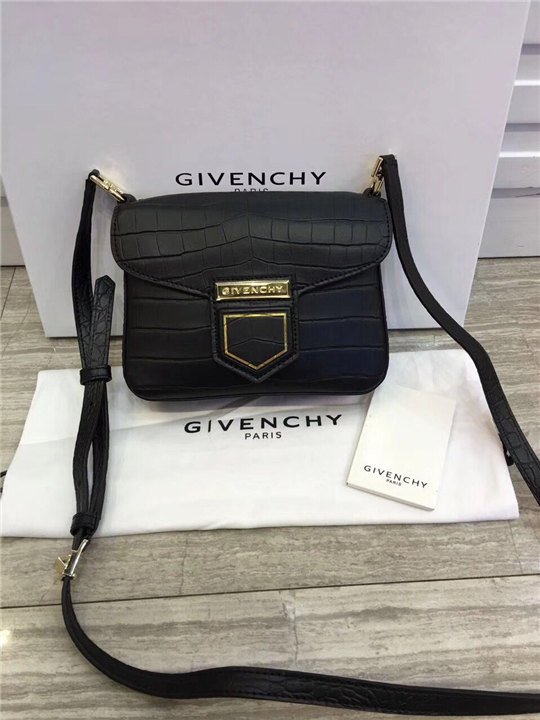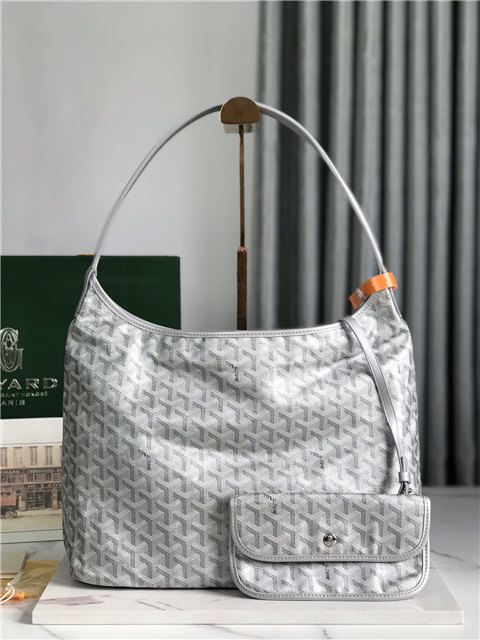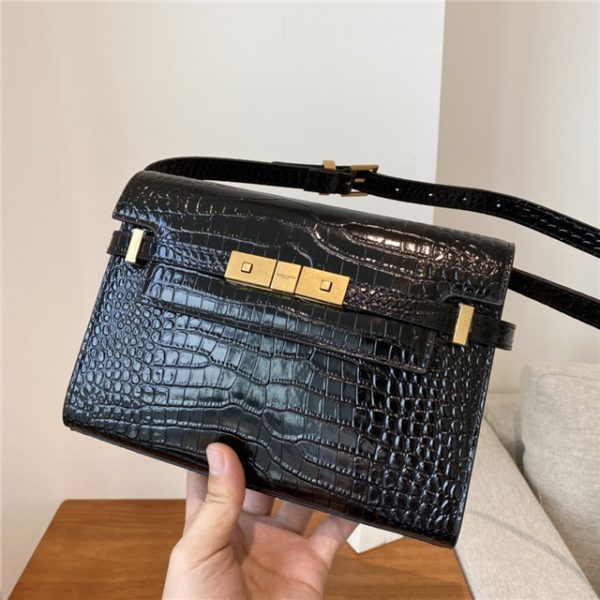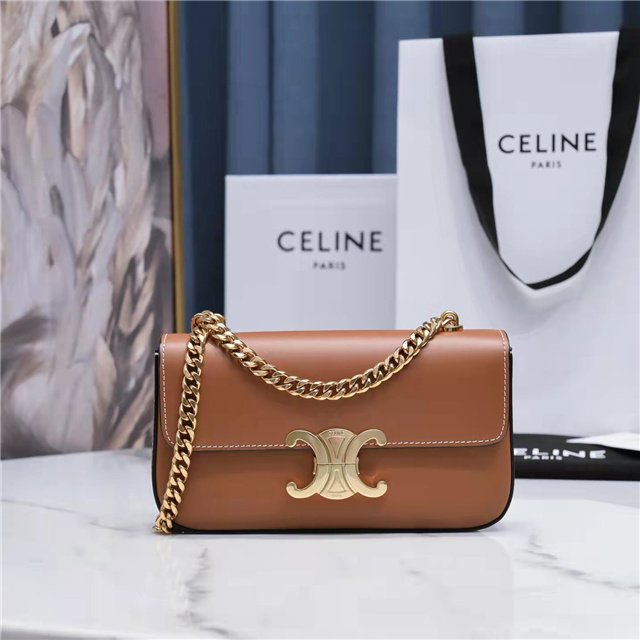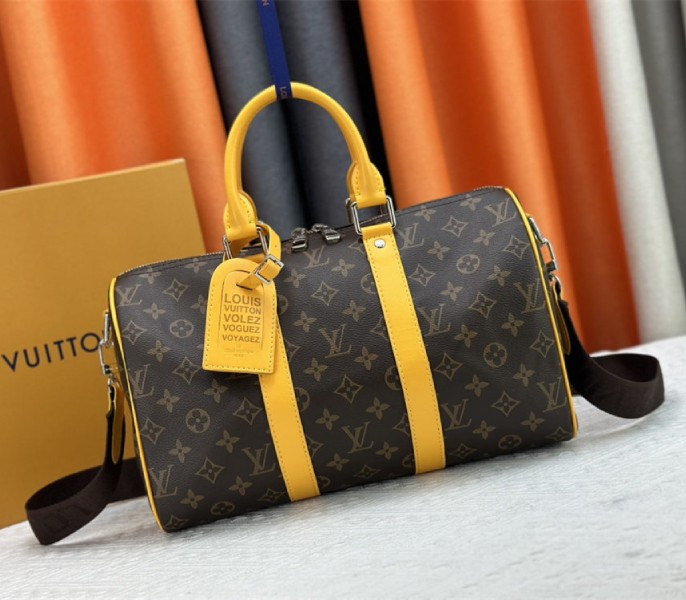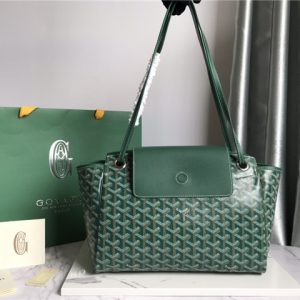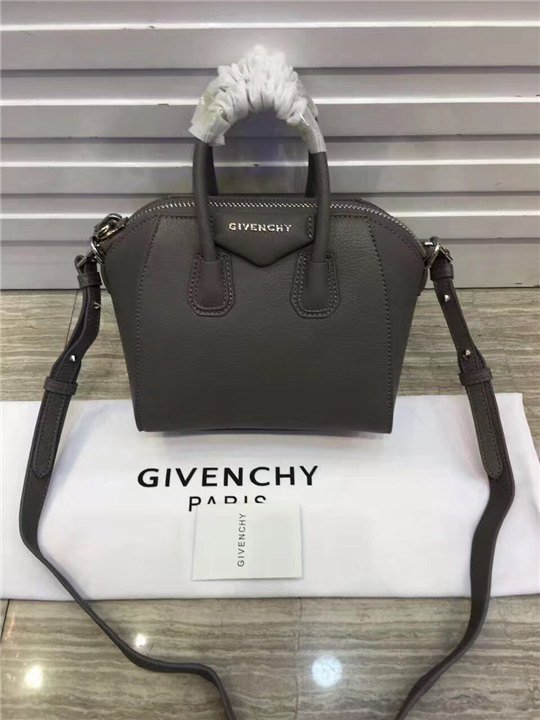First off, let’s be real. “Replica” is a fancy word for “fake.” And while I’m not here to judge anyone’s shopping habits, it’s good to be informed. You see ads boasting “Van Cleef Replica” and suddenly think “Oh, this is a cheap way to get my hands on this!”, but you gotta be careful.
The real deal, as Gray and Sons (whoever they are) point out, has specific nuances. We’re talking trained experts who can spot a fake Alhambra faster than I can spot a sale on shoes. And the hallmarks! It *HAS* to say “Van Cleef & Arpels” or “VCA” – no weird variations, no smudged letters. If it looks like someone stamped it after a few too many glasses of wine, it’s probably not legit.
Then you get into the “dupes” and “inspired by” territory. Which… okay, that’s a little different. An Adornia necklace that *looks* like Van Cleef, but doesn’t pretend to *be* Van Cleef? Fine. It’s just a pretty necklace. The problem starts when they slap a fake VCA logo on it, right? I mean, come ON.
Now, about that abalone… Abalone is a shell, right? Pretty iridescent stuff. Van Cleef *does* use it in some of their Alhambra pieces. So, a “replica Van Cleef Arpels abalone” would be trying to imitate *that* specific look. And, I’m guessing, if you’re looking at replicas, you’re probably not shelling out (pun intended!) for the *best* quality abalone. It’ll probably look… well, like cheap abalone. You know, kinda dull and lifeless.
Here’s the thing: if you just want something pretty that *looks* like Van Cleef, go for a dupe. There are plenty of affordable options out there, even the discount store No. 5, that capture the general vibe. Just don’t try to pass it off as the real thing, and don’t get suckered into paying a premium for something that’s clearly a fake. Check for those hallmarks, look at the quality, and if it seems too good to be true… it probably is.



